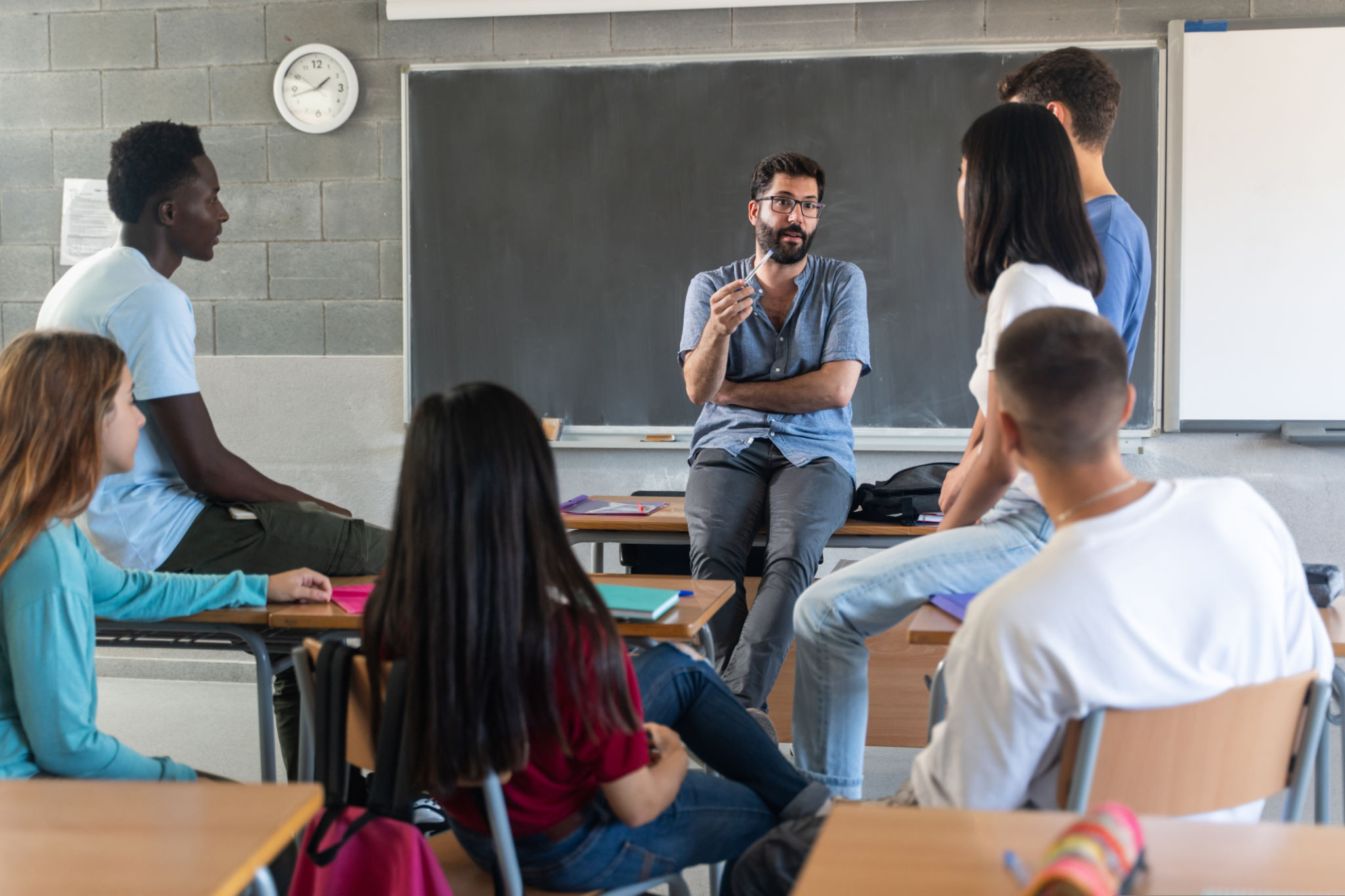Creating a Peaceful Classroom: De-Escalation Tips for Teachers
JT
Understanding the Need for De-Escalation
In today's dynamic classroom environments, teachers often face the challenge of managing conflicts and disruptions that can hinder the learning process. Creating a peaceful classroom involves understanding the importance of de-escalation techniques. These strategies not only help in maintaining a calm atmosphere but also support students in developing emotional regulation skills.
De-escalation is a proactive approach to conflict resolution, focusing on reducing tension and encouraging positive communication. By effectively using de-escalation techniques, teachers can transform potential disruptions into opportunities for growth and learning.

Building Positive Relationships
A strong foundation of trust and respect between teachers and students is crucial for successful de-escalation. Building positive relationships involves consistent communication and showing genuine interest in students' well-being. When students feel understood and valued, they are more likely to respond positively to de-escalation efforts.
Teachers can foster these relationships by actively listening, providing constructive feedback, and creating a classroom environment where every student feels safe to express themselves. This sense of security can significantly reduce the likelihood of conflicts escalating.
Strategies for Building Trust
- Encourage open dialogue and active listening.
- Show empathy and understanding towards student concerns.
- Recognize and celebrate individual achievements.

Implementing De-Escalation Techniques
Once a solid foundation of trust is established, teachers can implement specific de-escalation techniques tailored to their classroom dynamics. It is important to remember that these techniques require patience and consistency. Here are some effective methods:
Verbal De-Escalation
Use calm and reassuring language to address conflicts. Encourage students to express their feelings verbally rather than through disruptive actions. Phrases like "I see you are upset, let us talk about it," can open up channels for dialogue.
- Speak in a calm, even tone.
- Avoid confrontational language.
- Use positive reinforcement to acknowledge cooperation.

Non-Verbal Techniques
Non-verbal cues can be just as powerful as words in de-escalation. Maintain open body language, make eye contact, and use gestures that convey understanding and support. A gentle nod or a reassuring smile can go a long way in calming a tense situation.
Cultivating a Calm Classroom Environment
The physical environment of the classroom also plays a significant role in maintaining peace. A well-organised, inviting space can help reduce stress and promote positive behavior. Consider incorporating elements such as calming colours, comfortable seating, and designated quiet areas where students can regroup if needed.
Additionally, implementing structured routines and clear expectations helps students feel secure and understand the boundaries within which they operate. Consistent routines reduce anxiety and help students focus on learning rather than on potential conflicts.

Continuous Professional Development
Finally, teachers should engage in continuous professional development to stay informed about the latest de-escalation strategies and classroom management techniques. Workshops, seminars, and peer discussions provide valuable insights and allow teachers to share experiences and learn from one another.
By staying updated with new methods and tools, educators can continuously refine their approach to creating a harmonious learning environment, ultimately benefiting both their professional growth and their students' educational experience.

